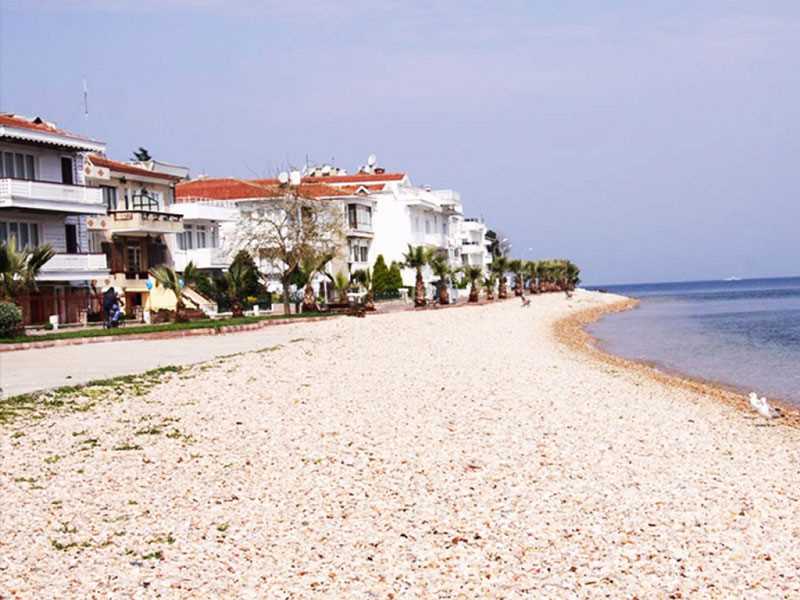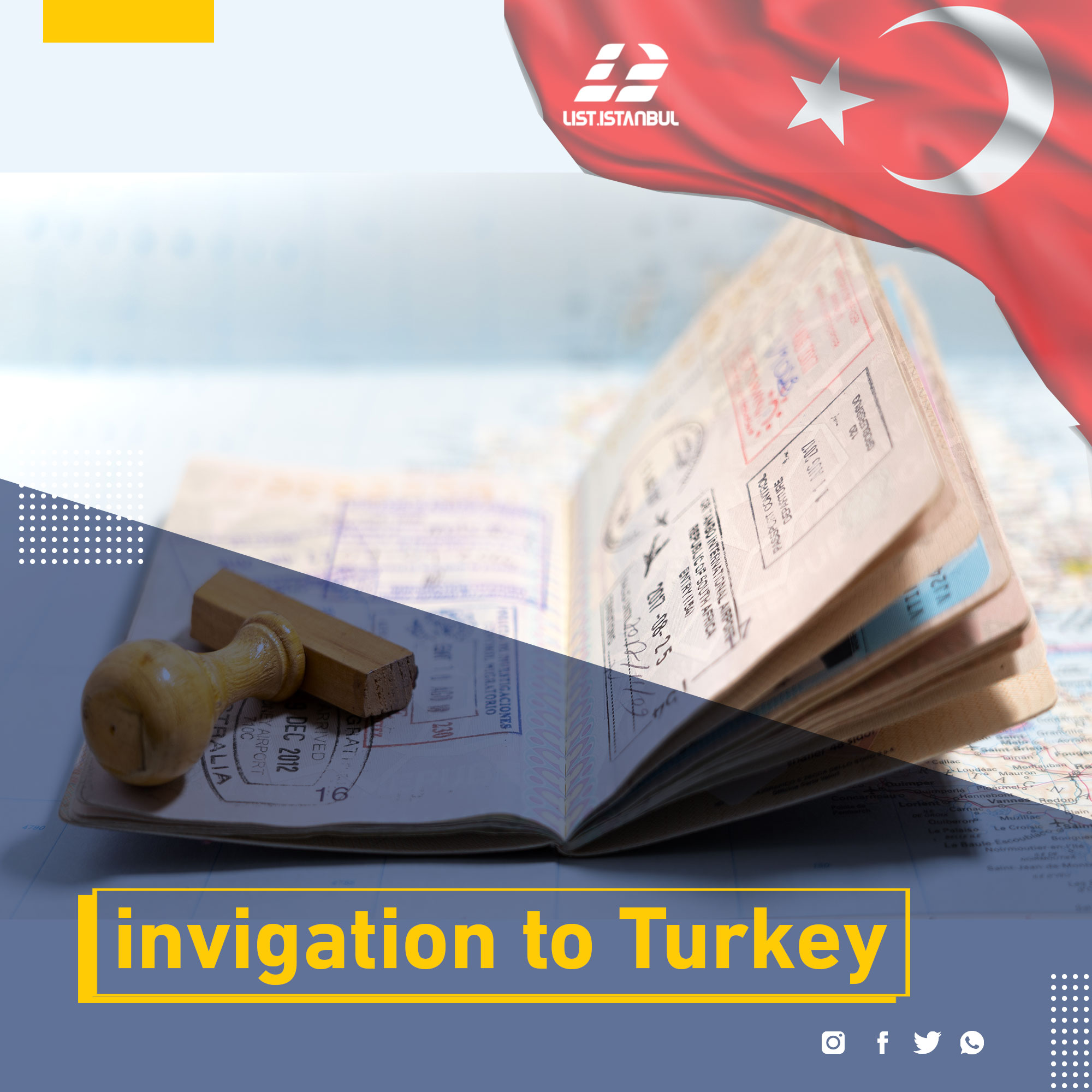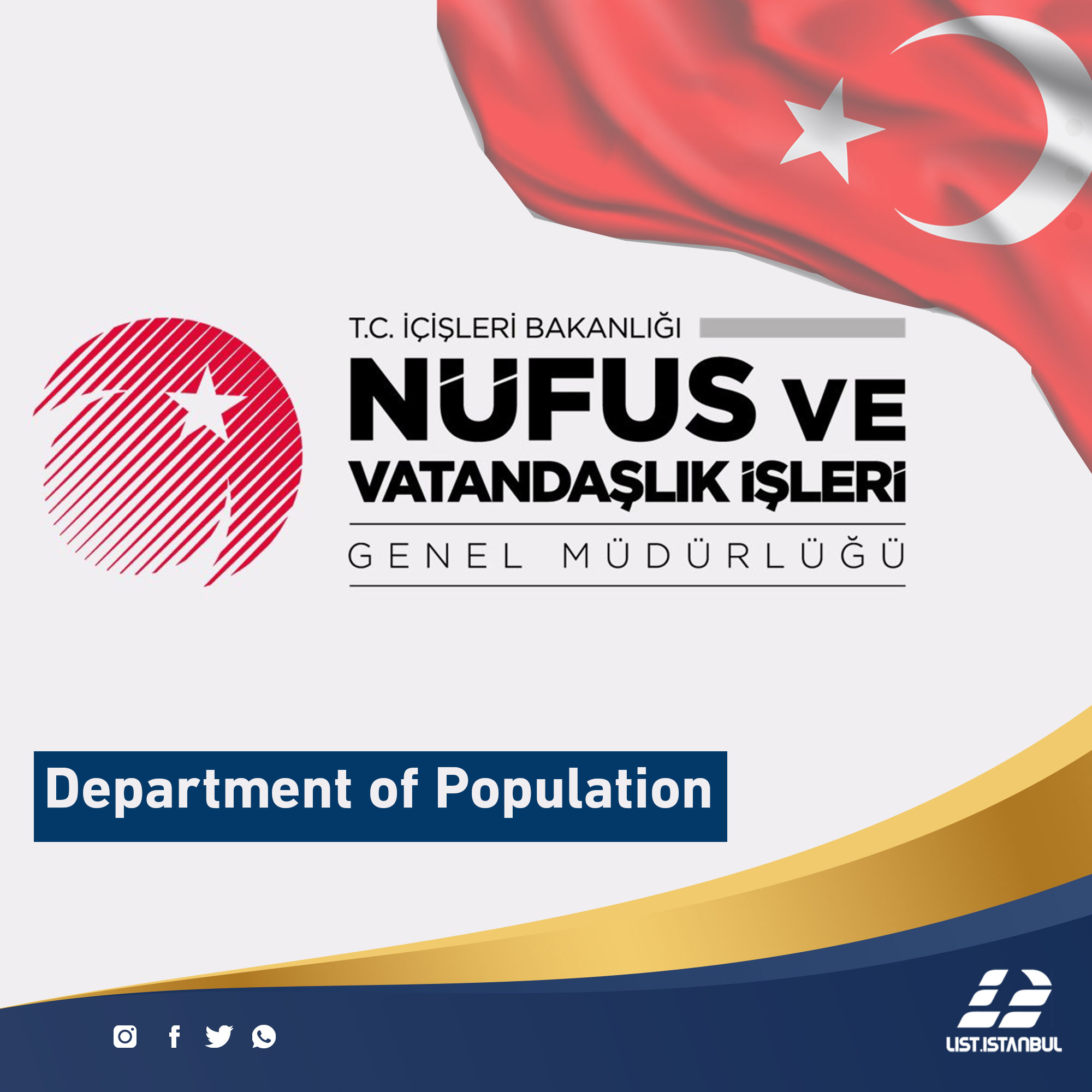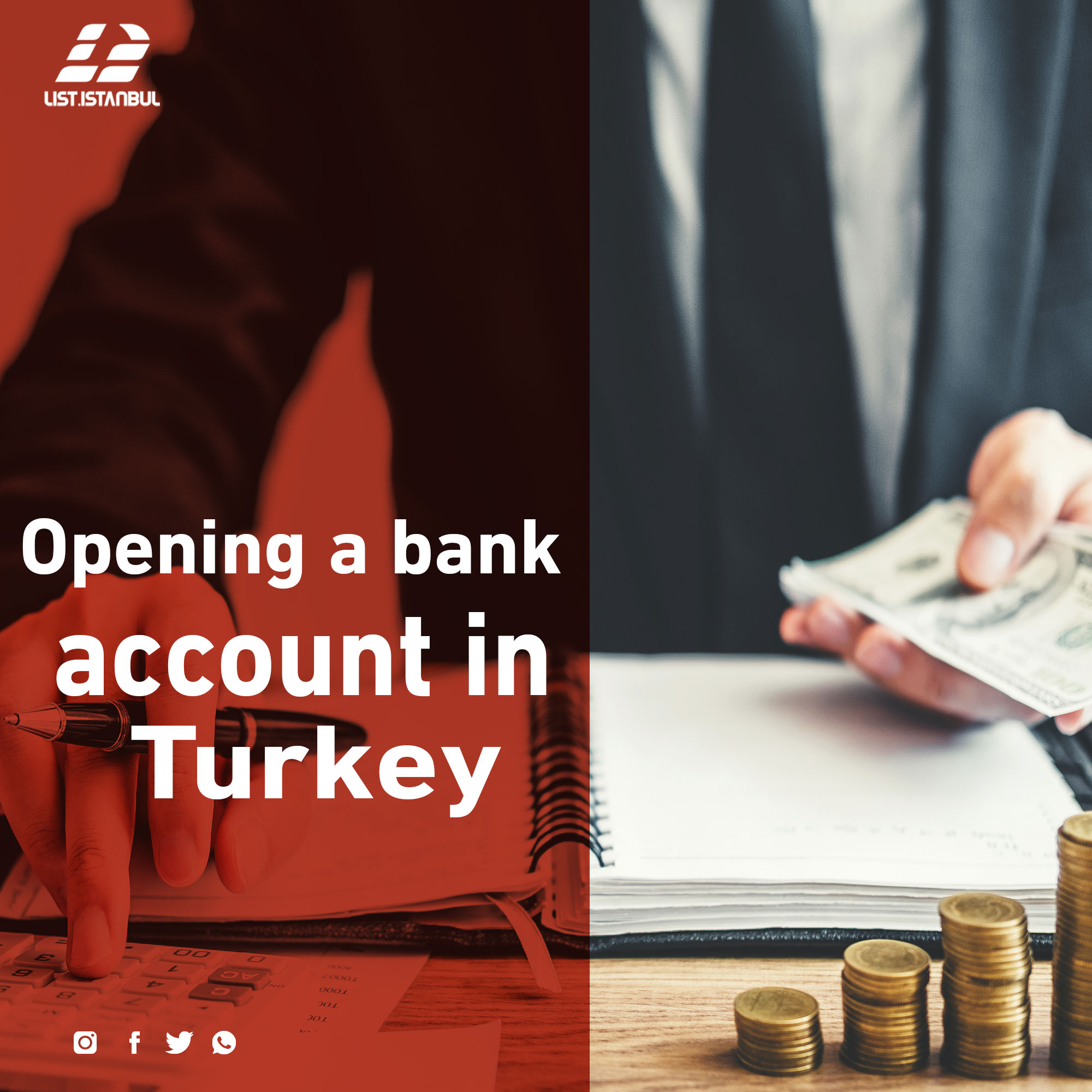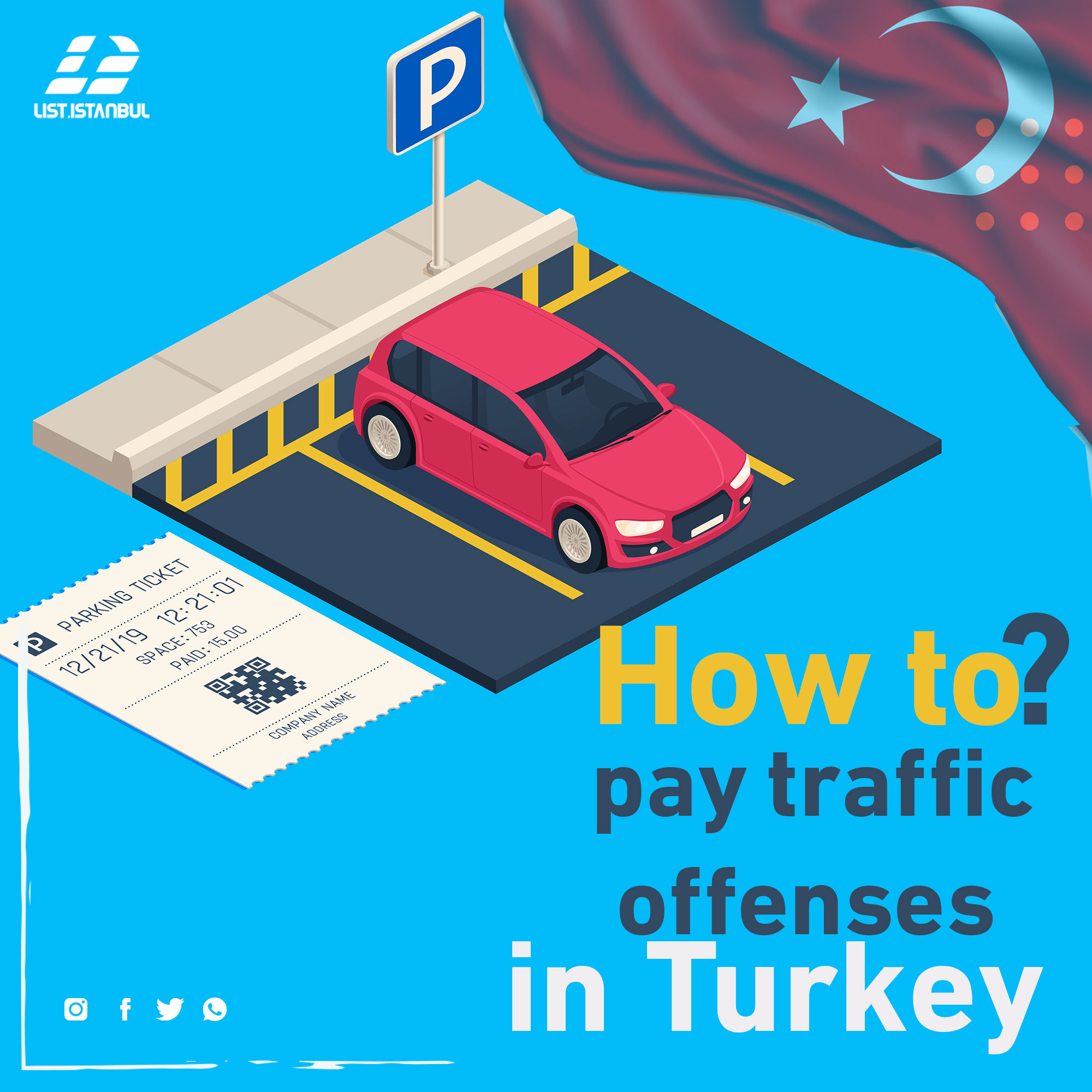The fourth largest island of the princes in the Sea of Marmara. It is also one of the islands closest to Istanbul. It has an area of 1.3 km2. It is also accessible by Vapur small steamships from the ports of Istanbul.
The name of the island of henna name because of its red color, which overshadows the island color Alhna.
The island contains the following:
- Çınar Tepesi: It is 115 meters above sea level.
- Teşrifiye Tepesi: It is 93 meters above sea level.
The island of Hanar is characterized by its harsh climate compared to other princes, and although the number of trees in them, but it is rich in terms of rocks.
History of the island of henna
The island was the most used place as an exile in the Byzantine era due to its proximity to Istanbul. The most famous of these events occurred in 1071 when Romanos Diogenes IV was defeated after his armies were defeated by the armies of Al Arslan in Malazgurt and abandoned to the seventh Ducai Michael, who was arrested and ordered to take out his eyes and wear the monks' clothes and to the island that spent part of his life in the monastery of Herutis. It is reported that the grave of Diogenes is located near the current orphanage. In the west of Janar hill is the bay of the monastery and to the north of the bay are the large and small metal huts that are considered to be the places of interest on the island.
The Byzantines used the rocks extracted from the island in the construction of the Byzantine wall, and the rocks of the island were used in the construction of the port of Haider Pasha and the base of the cannon in the 19th century. Due to its harsh climate and lack of vegetation and trees, the island could not attract tourists from the population of Istanbul, To the transition and stability of the island in 1833. With the beginning of the shipping to the island in 1846, the Armenian presence became the attention of the island. In 1857, the Sorb Krikor Lusavurj Armenian Church and the Armenian Nisseyan School were established, thus contributing to the island's recovery.
One of the most important buildings and relics of the Romans in the island is the church of Panaya and the elementary school (elementary), which was established in 1869. The first Turkish school on the island was established in 1935. One of the recommended sites to visit on the island, which is characterized by a special architectural style is the grand mosque, which was built in 1963.
The inhabitants of the island remained deprived of electricity and water networks until 1947, when the island's electricity networks were extended. As for the water problem, the inhabitants of the island continued to secure the tanks until 1981, when the water distribution network in the island was extended.
Among the most prominent personalities on the island are the famous poet and politician Fadel Ahmed Iqaj and his son, the famous soccer player Ashraf Ijaj, the player of Besiktas Shukro Kolsen, the Kalata player Sarai Osman Angeli (Osman Al-Dalu) and other names of the memory of the island.



